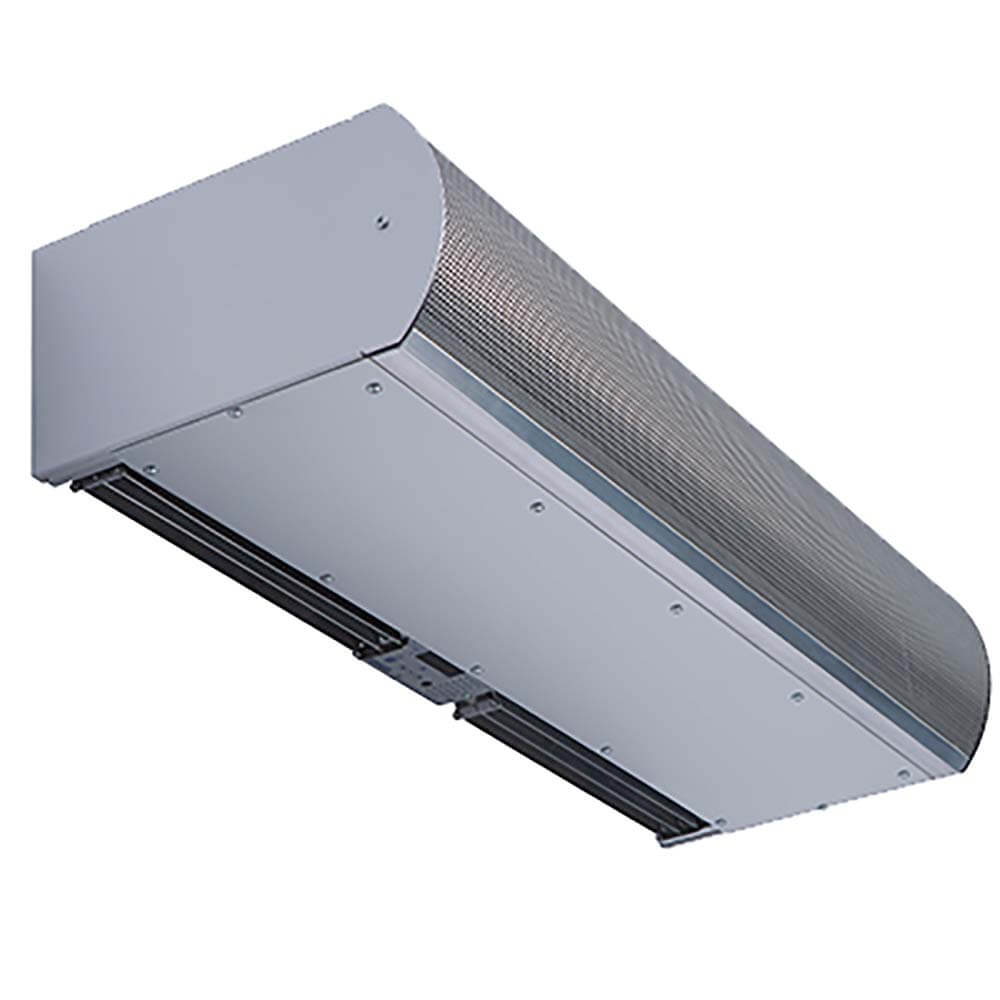Air Curtain Installation & Repairs London
Air curtains are suitable for many applications such as retail, shop front door ways, small and large retail outlets to shopping centers, and leisure centers. Keep your customers coming in the winter period and have them feel comfortable when entering your premises. We supply recessed air curtain systems for a discreet and non invasive look, also ceiling suspended and wall mounted systems at our client’s requests. Most units come in a brilliant white finish or Matt color. Please ask for more details.

Commercial Air Curtains: The Essential Guide to Enhancing Energy Efficiency and Customer Comfort
Maintaining a comfortable indoor climate in commercial spaces is crucial. It helps save energy and improves customer experience. Commercial air curtains play a key role in this effort. They keep indoor environments cozy while letting in customers and employees. This article explores how air curtains work, their benefits, types, and best practices for use.
What Are Commercial Air Curtains?
Definition and Basic Functionality
Commercial air curtains are devices installed above entrances to create a barrier of air. Instead of a door that opens and closes, they project a high-speed air stream. This stream prevents outdoor air, dust, bugs, and pollutants from entering. They help keep indoor temperatures stable and clean.
Differences Between Commercial and Residential Air Curtains
While residential air curtains are smaller and less powerful, commercial models are designed for heavy use. They are larger, stronger, and more durable. Commercial units serve busy retail stores, warehouses, and restaurants, where doors often stay open. They can handle high traffic and challenging weather conditions.
Components of a Commercial Air Curtain
Most commercial air curtains have several key parts:
- Blower units: Powerful fans that generate the airflow.
- Heating elements: They warm the air for cold environments.
- Nozzles: Direct the air downward or outward.
- Control systems: Allow easy operation, adjusting temperature and
Durability is essential. These units are built from tough materials to withstand frequent use and harsh conditions.
Benefits of Installing Commercial Air Curtains
Energy Efficiency and Cost Savings
Air curtains help reduce energy bills. They keep warm or cool air inside, so HVAC systems don’t work as hard. Studies show businesses can cut heating and cooling costs by as much as 25%. They decrease the load on air conditioning and heating units, saving money over time.
Improved Customer Comfort and Experience
Customers appreciate a comfortable space. Air curtains eliminate drafts and sudden temperature changes, making indoor areas more inviting. They also keep out bugs, especially in food service businesses. A pleasant environment encourages visitors to stay longer and return.
Enhanced Hygiene and Cleanliness
In environments like hospitals or restaurants, cleanliness matters. Air curtains block dirt, dust, and insects from entering. They support health standards and safety protocols. By reducing outdoor contaminants, they help keep indoor spaces cleaner and healthier.
Types of Commercial Air Curtains
Drivable Air Curtains
Designed for entrances where vehicles move through, these air curtains are common at warehouses and loading docks. They can handle large openings and high traffic, creating a strong barrier against outside elements.
Collapsible or Foldable Air Curtains
Space-saving options: these units fold or roll up when not in use. They fit retail storefronts and small entrances. These are ideal for businesses that want simplicity and flexibility.
Cold Storage Air Curtains
Specially built for cold environments, these air curtains help maintain refrigeration temperatures. They prevent cold air leaks, keeping products fresh longer. Perfect for grocery stores and cold storage warehouses.
Custom and Specialized Air Curtains
Some spaces need a tailored solution. Custom air curtains fit unique building designs or operational needs. They can be integrated with other systems like lighting or security.
Factors to Consider Before Installing an Air Curtain
Entrance Size and Traffic Volume
The size of the opening and how many people or vehicles pass through matter. Larger entrances require higher capacity units. Matching the right model ensures effective airflow and coverage.
Temperature and Climate Conditions
Cold, hot, or windy weather affects your choice. For cold climates, heating is necessary. In hot areas, cooling features help. Outdoor weather extremes should influence your decision.
Building Design and Aesthetics
The look of your space matters. Choose an air curtain that blends with your style. Materials and colors should match your branding and environment. A sleek design can also boost curb appeal.
Energy Codes and Regulations
Stay compliant with local building laws and energy standards. Some regions have green building requirements. Choosing energy-efficient models can help meet these standards and qualify for incentives.
Proper Placement and Installation Guidelines
Position the air curtain properly. It should be centered above the entrance, close to the top. Proper installation ensures its effectiveness. Hiring professionals is recommended for the correct setup and safety.
Regular Maintenance and Troubleshooting
Keep the unit clean. Check filters, nozzles, and electrical parts regularly. Simple tasks like cleaning and inspections extend lifespan. Troubleshooting common issues prevents costly repairs and downtime.
Technological Upgrades and Controls
Modern air curtains can include motion sensors, timers, and smart controls. These features save energy by turning units on or off automatically. Remote monitoring helps detect problems early and maintain performance.
Real-World Examples and Case Studies
- A retail store chain installed air curtains at multiple locations, cutting energy costs by 20%. Customers reported fewer drafts and bugs.
- A hotel upgraded its entrance systems with air curtains, enhancing guest comfort and reducing indoor noise.
- Logistics companies equipped warehouse entries with heavy-duty units, making loading and unloading smoother and more efficient.
- Industry experts praise air curtains for saving energy, increasing hygiene, and improving overall customer satisfaction.
Actionable Tips for Choosing and Using Commercial Air Curtains
- Conduct an energy audit to see where savings are possible.
- Talk to trusted suppliers for custom solutions.
- Focus on units with durable materials and easy maintenance.
- Use motion sensors and timers to cut energy waste.
- Regularly review how well the air curtain performs and adjust as needed.
Some of the brands we install include: Dimplex, Frico and much more.


